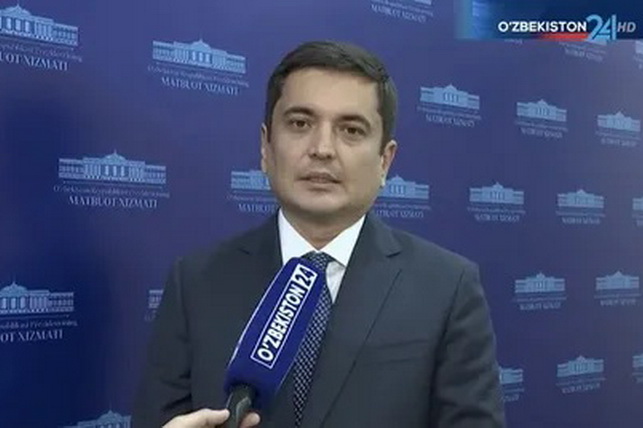
Urgench Airport to get new terminal and runway capable of handling all aircraft types
Urgench Airport to get new terminal and runway capable of handling all aircraft types
Tashkent, Uzbekistan (UzDaily.com) — Urgench Airport is set for major infrastructure upgrades, including the construction of a new 3,300-meter runway that will accommodate all types of aircraft. This was announced by Javlonbek Umarkhodjaev, Chairman of the Board of Uzbekistan Airports, in an interview with O’zbekiston 24 TV channel.
The project also involves the modernization of the airport’s navigation, meteorological, and lighting systems, which will enhance flight safety, increase capacity, and allow operations under adverse weather conditions.
Additionally, the Incheon Airport international consortium has proposed a concept for a new passenger terminal with a capacity of 1,300 passengers per hour—three times the current volume. The new terminal will span nearly 40,000 square meters and offer improved amenities for travelers, as well as those seeing them off or welcoming them. The retail space will also be significantly expanded, including duty-free shops.
Umarkhodjaev expressed confidence that cooperation with Incheon Airport will boost the development of Uzbekistan’s aviation and transport-logistics sectors.
The President has instructed authorities to involve specialists from Incheon Airport to speed up the signing of a public-private partnership (PPP) agreement based on the BOT (Build-Operate-Transfer) model for the modernization of Urgench Airport.
Plans also call for doubling the number of flights, from the current 80 to 160, in a move expected to increase tourist traffic.
According to the plan, the modernization of Urgench Airport and its transfer to Incheon International Airport Corporation will span 22 years, including a three-year construction phase. The total cost of the PPP project is estimated at US$223 million, with US$108 million to be provided by the public partner and US$115 million by the private partner. The project will be financed through Incheon Airport’s own funds and a loan from KIND. Uzbekistan will also seek funding from the Korea Development Bank, Korea Eximbank, and via eurobond issuance.
During the first three years of implementation, the private partners will pay 5% of revenue to the state. This rate will rise to 16% between 2032 and 2035, and to 27% between 2036 and 2047.